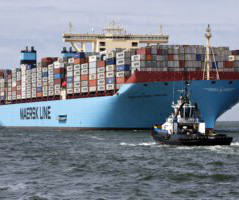The History of Fleet Route Optimisation in Logistics
Logistics Bureau
JANUARY 2, 2025
These days we’ve got much better tools for the job, but the goal’s still the same: getting your deliveries to the right place, at the right time, without driving your costs through the roof or running your drivers into the ground. It’s hard to imagine that many still need to shuffle paper documents around using pigeonholes.













Let's personalize your content